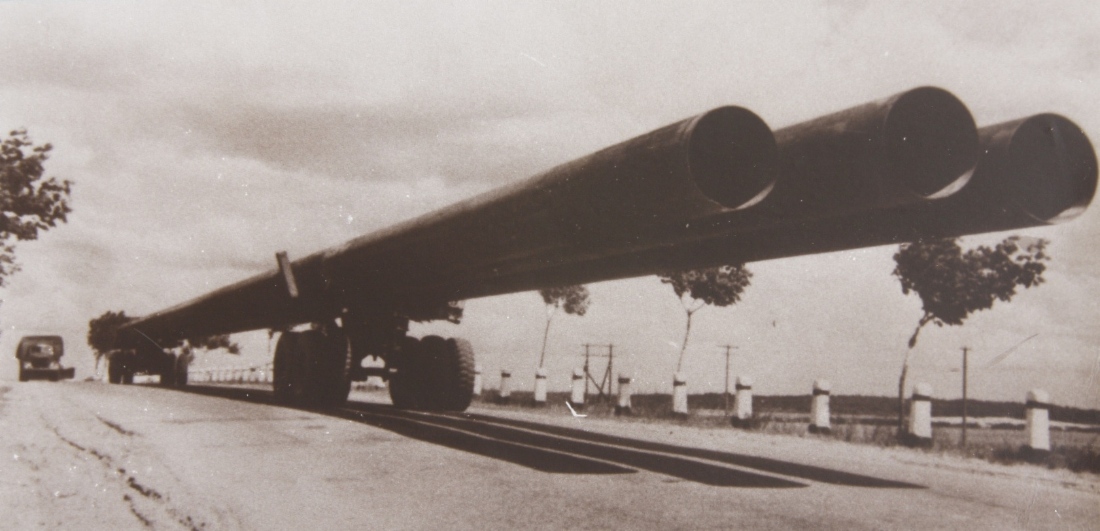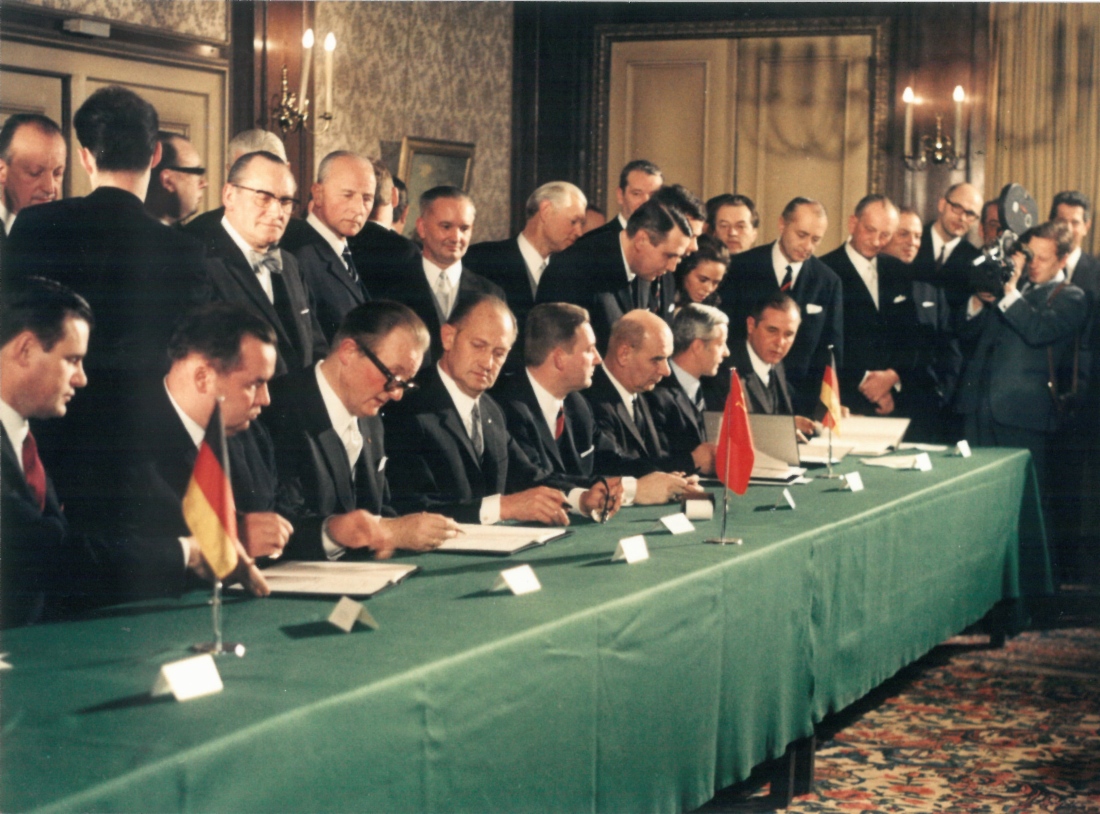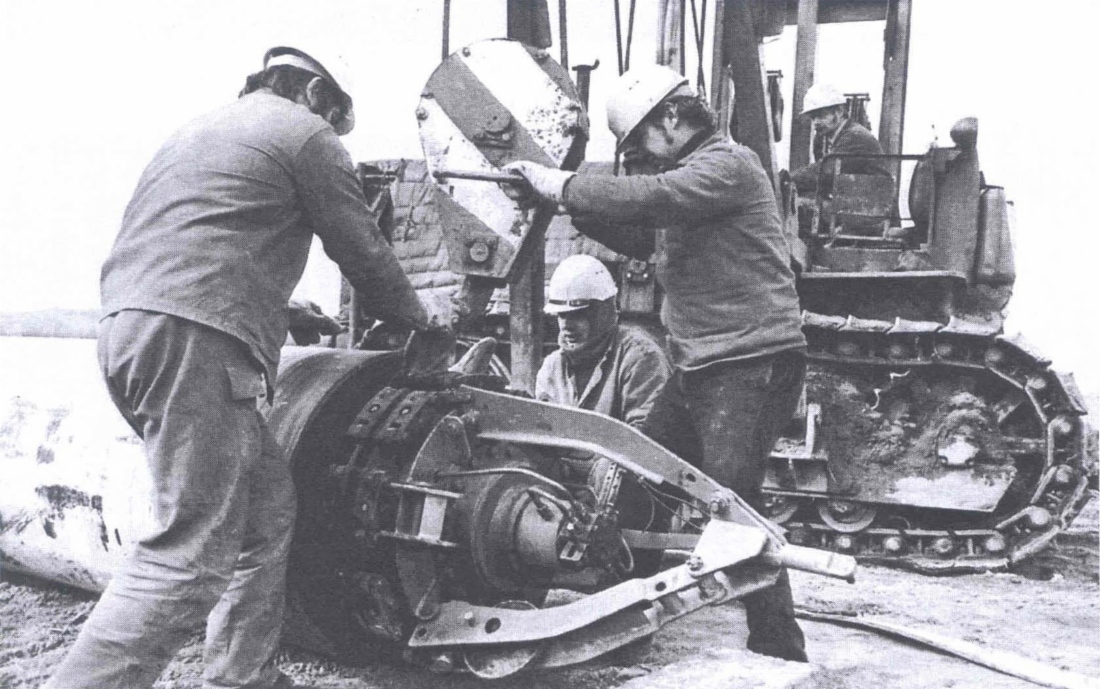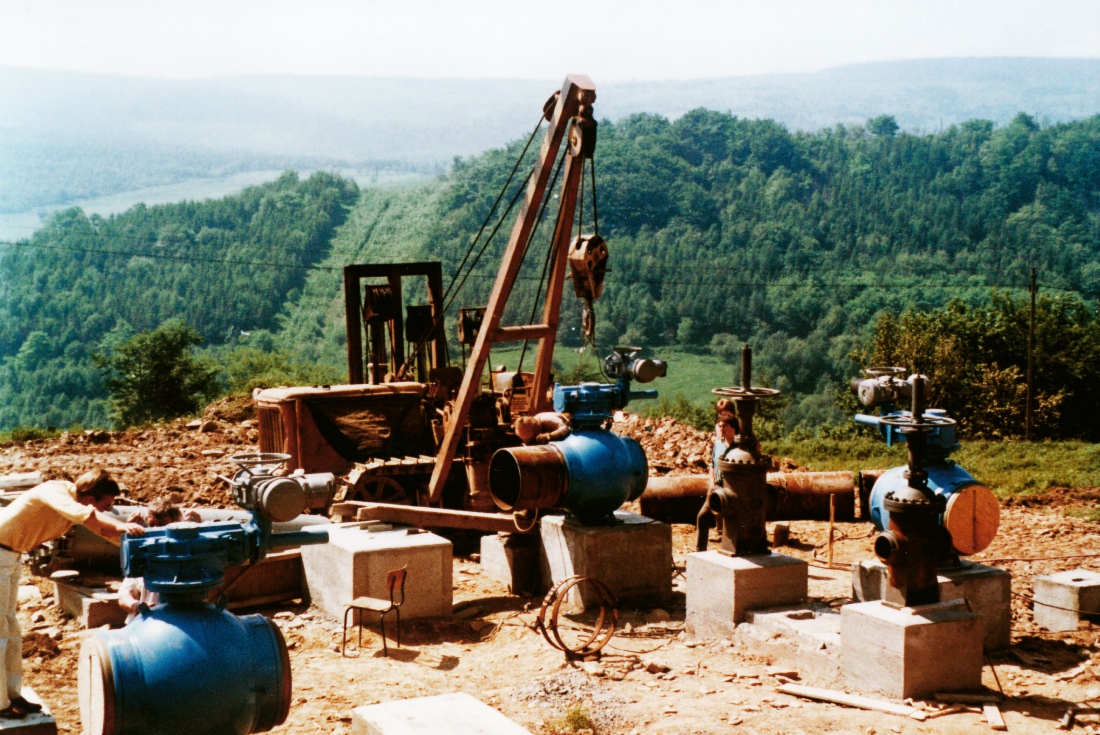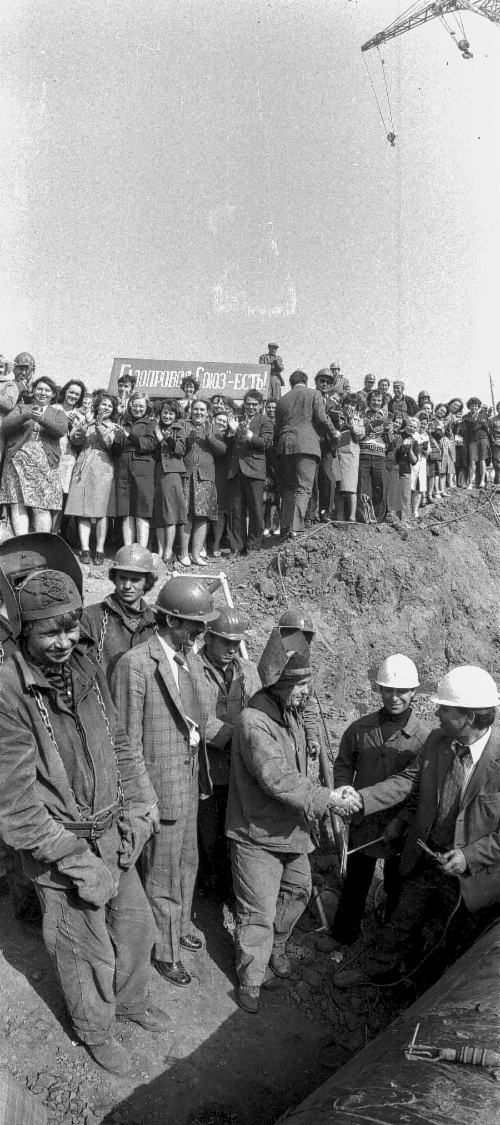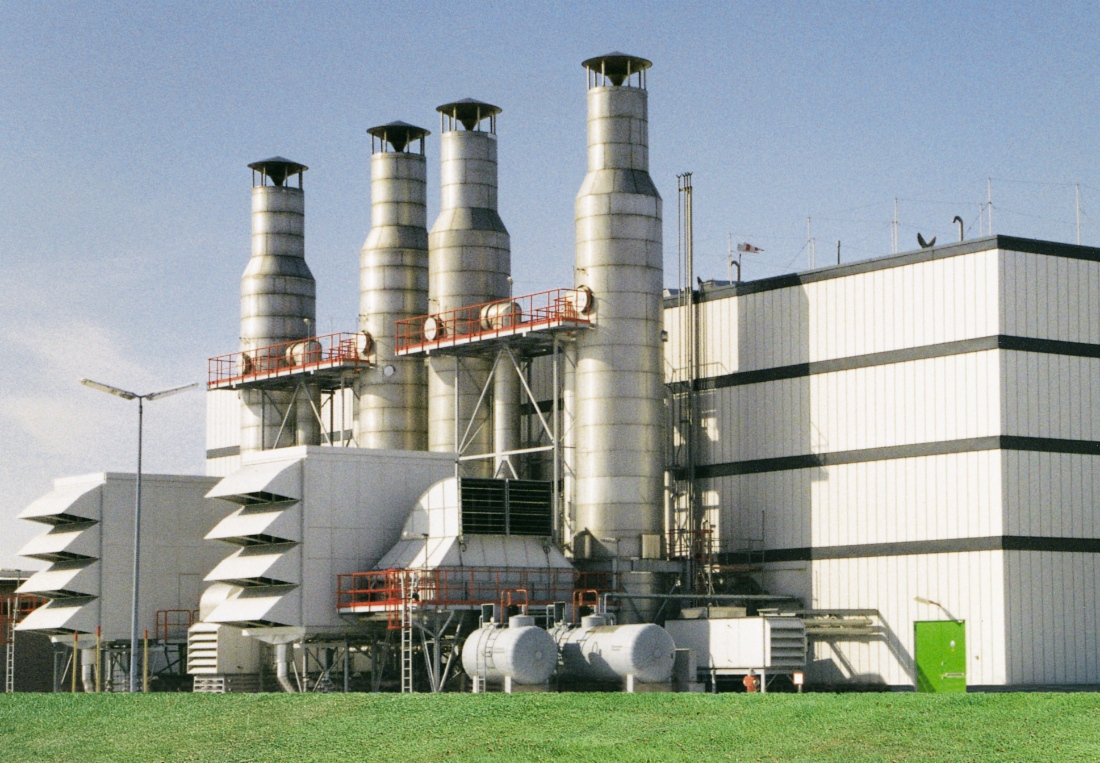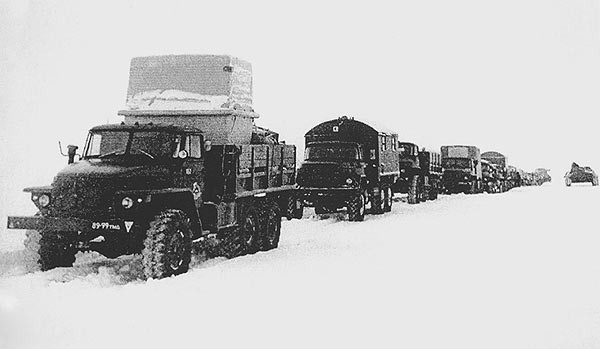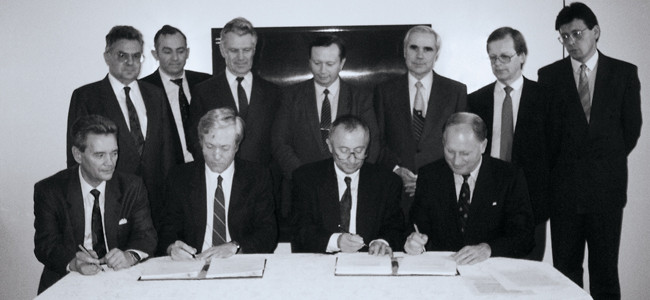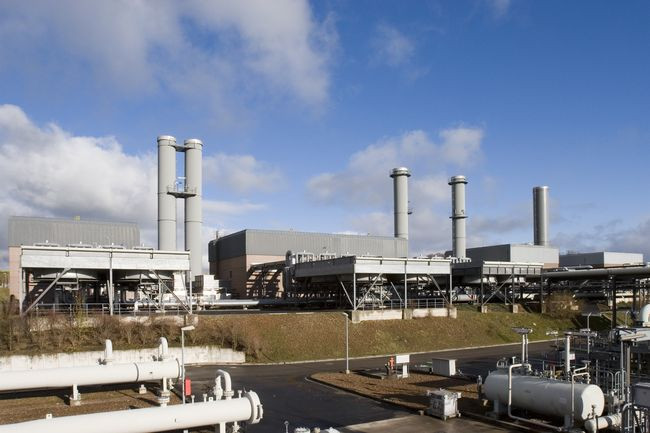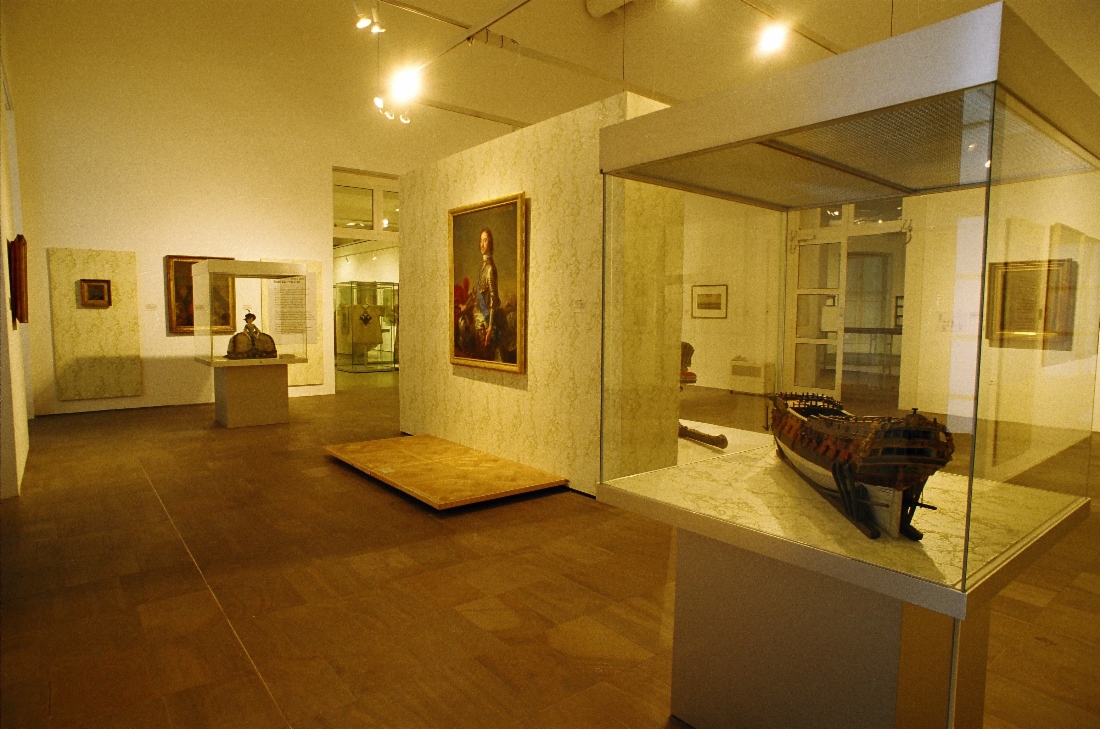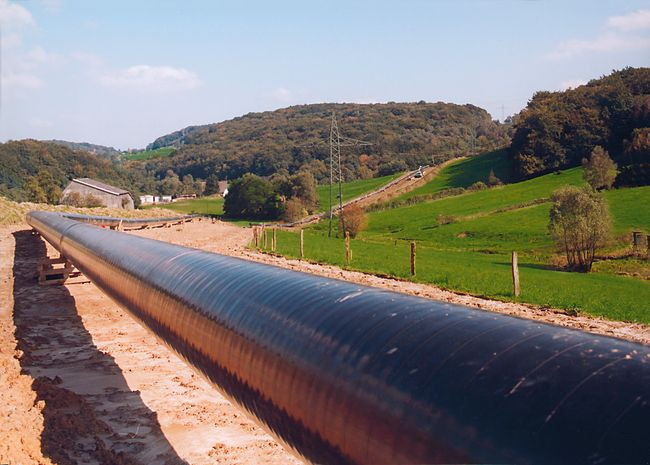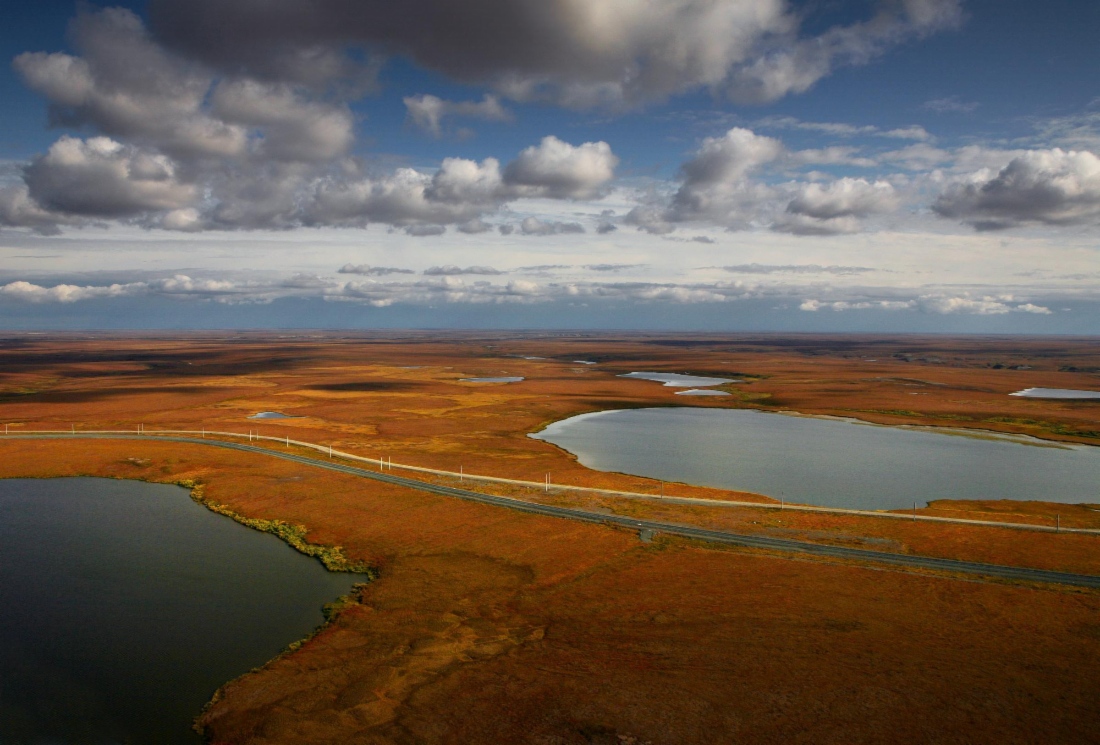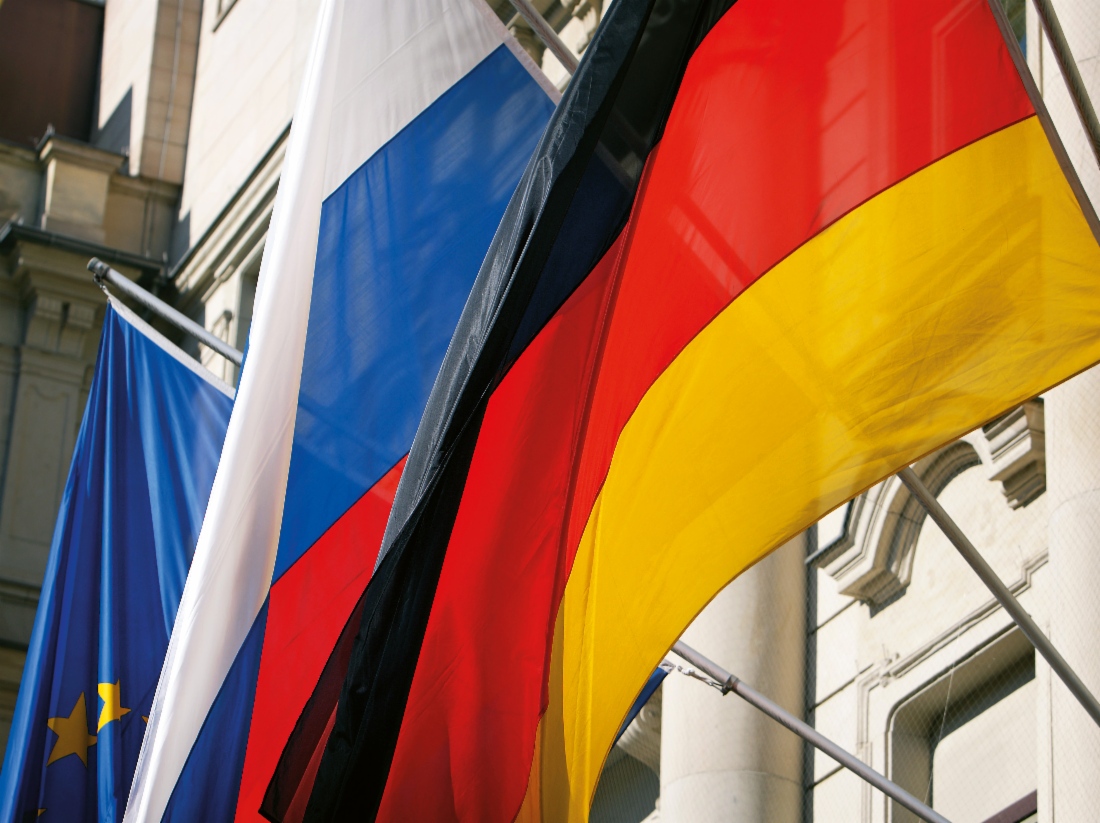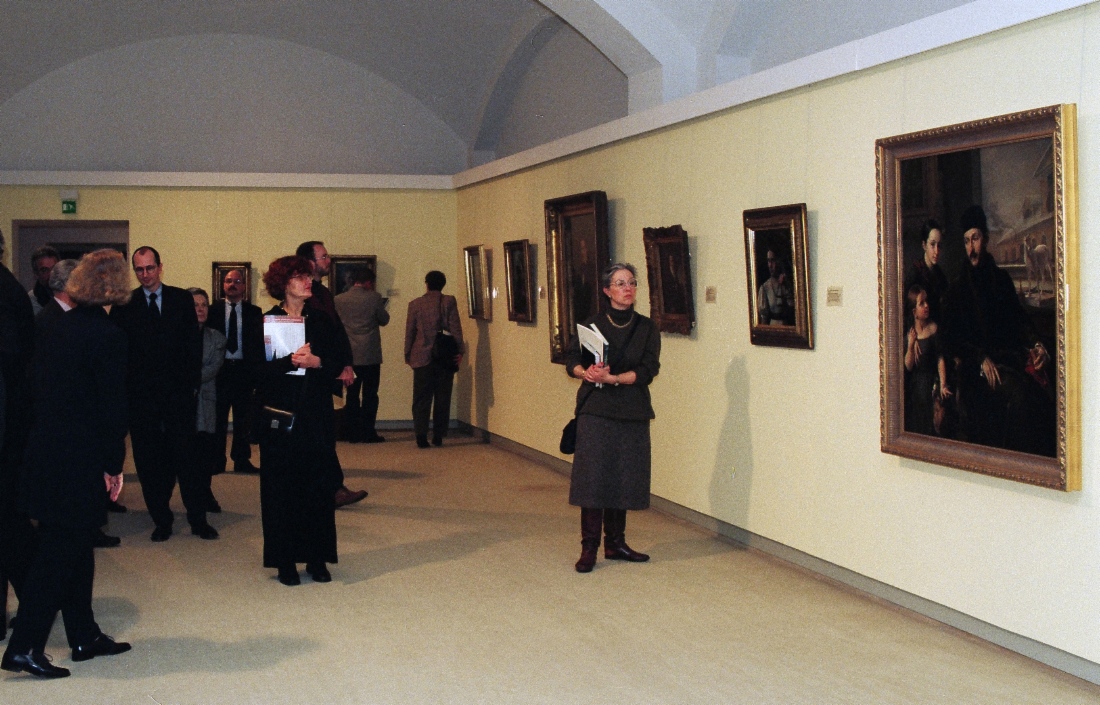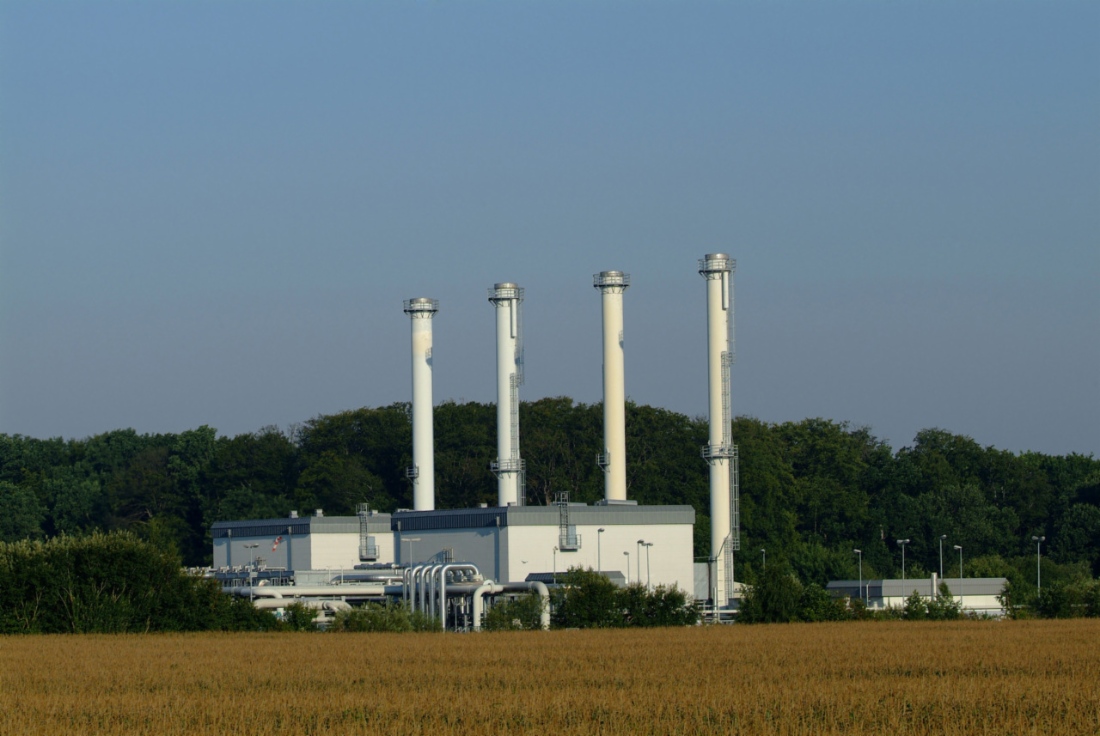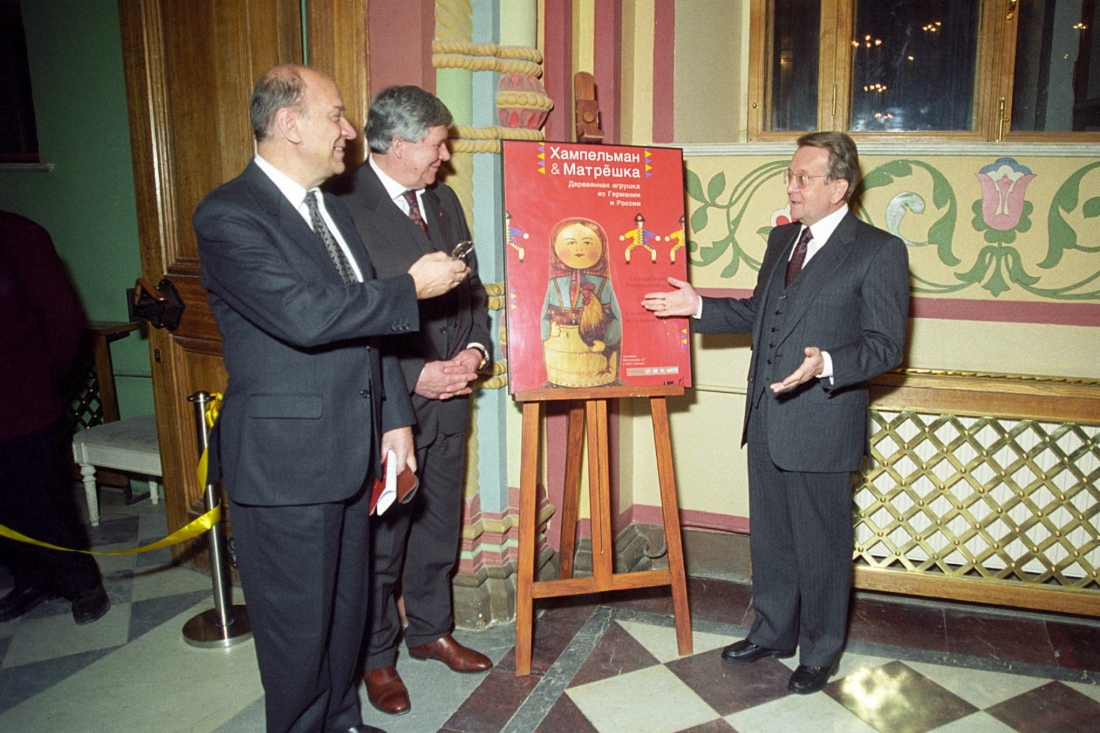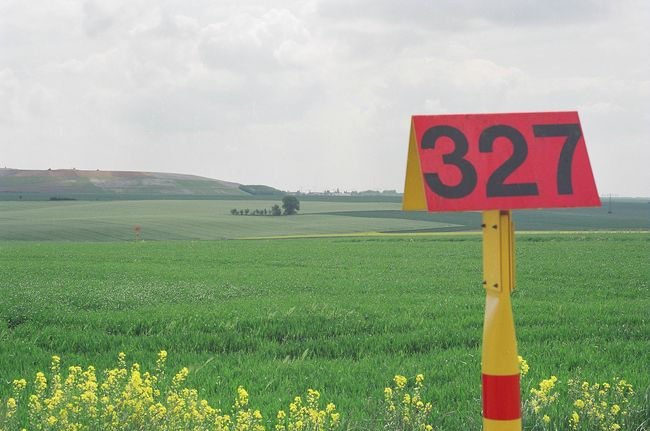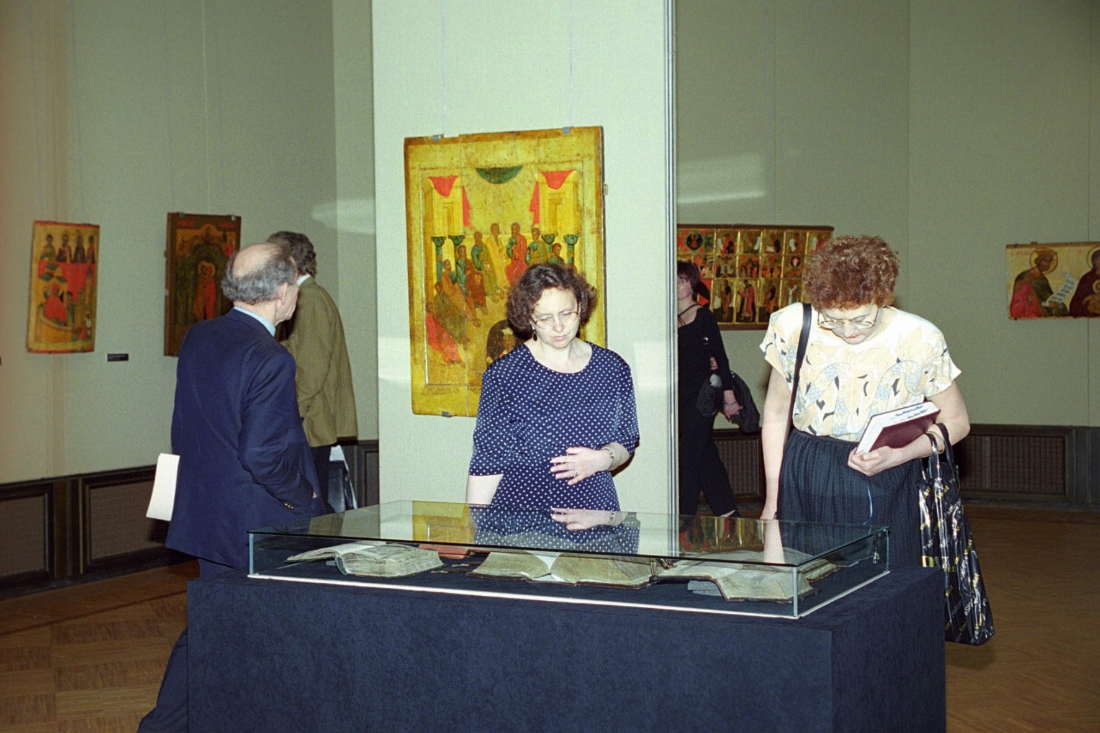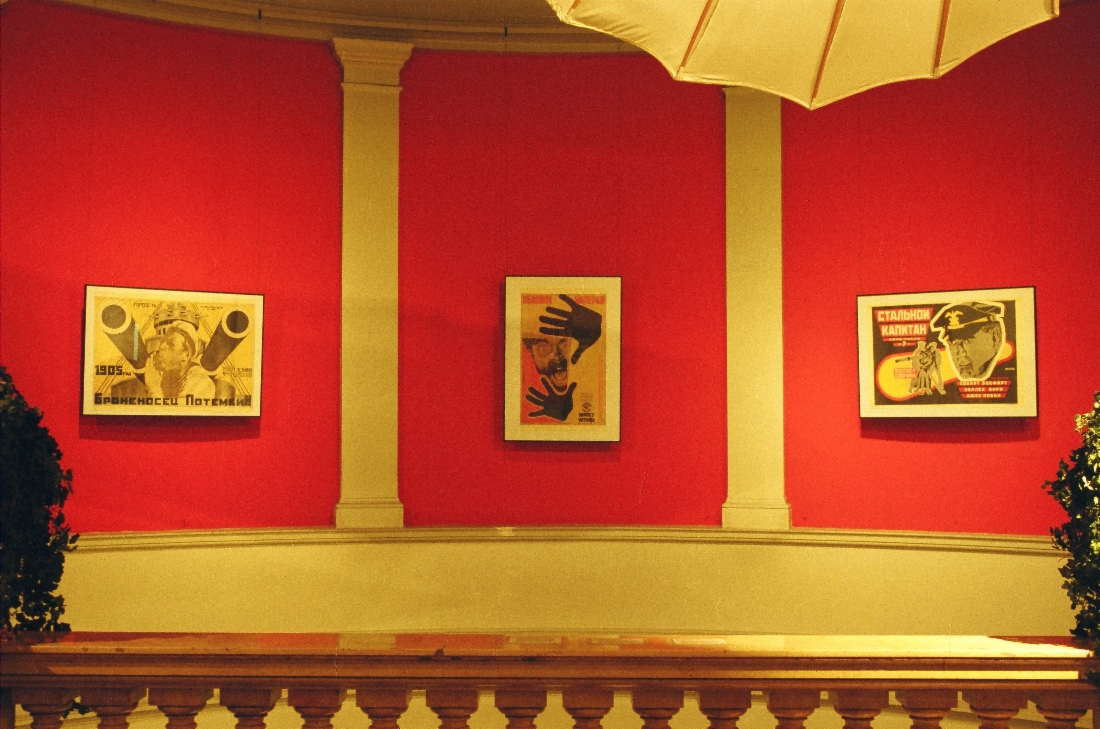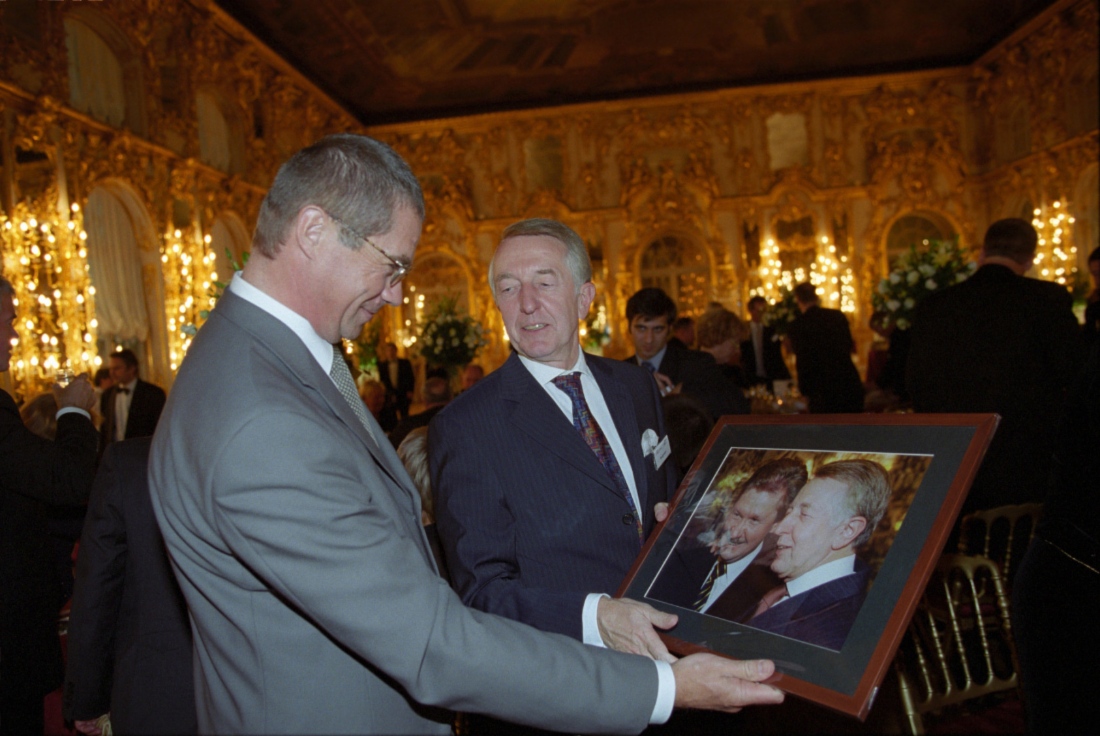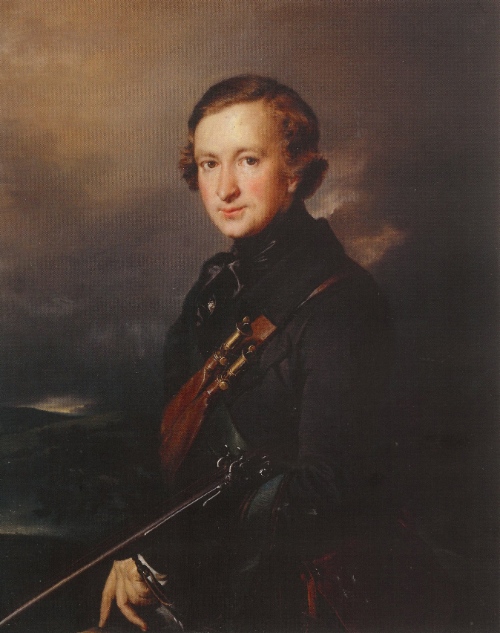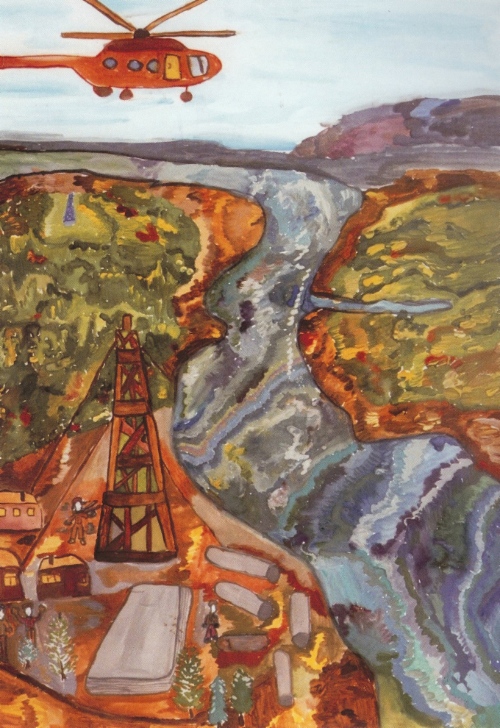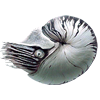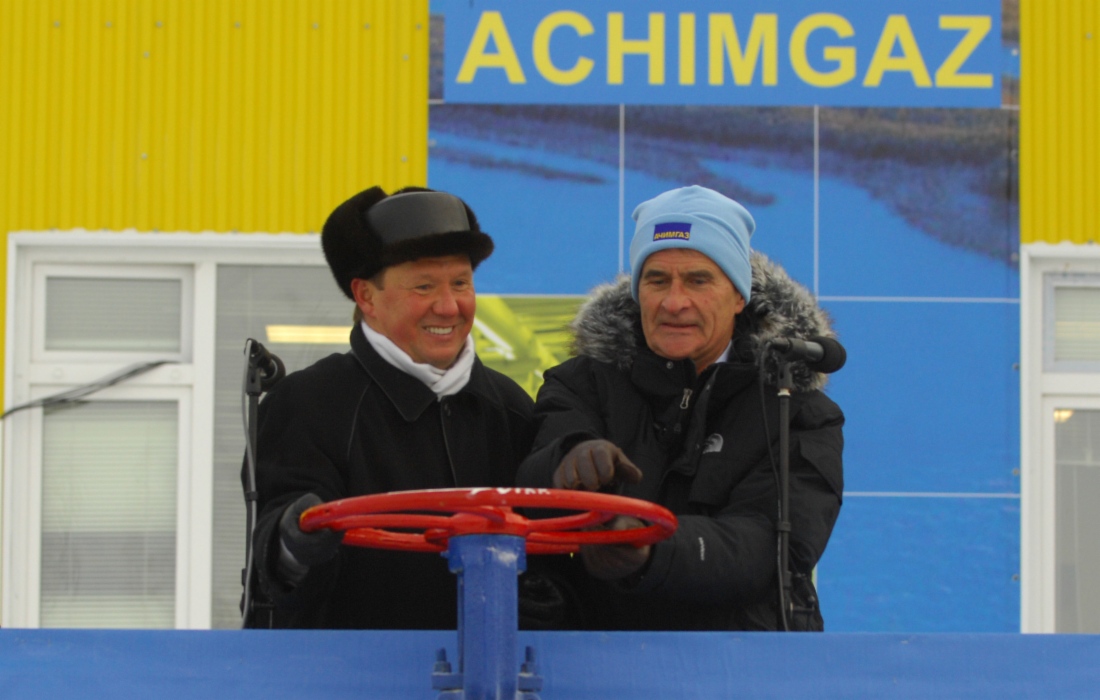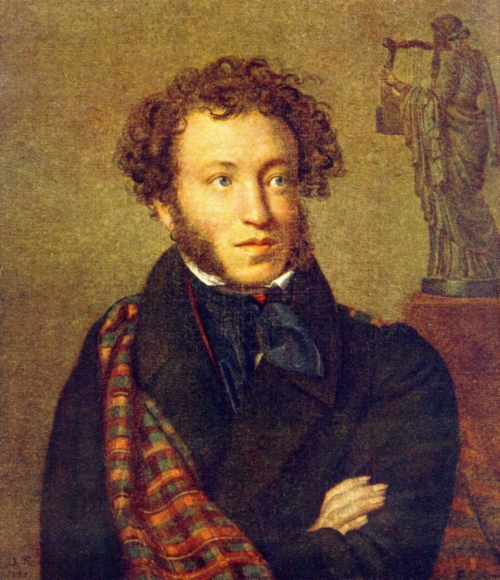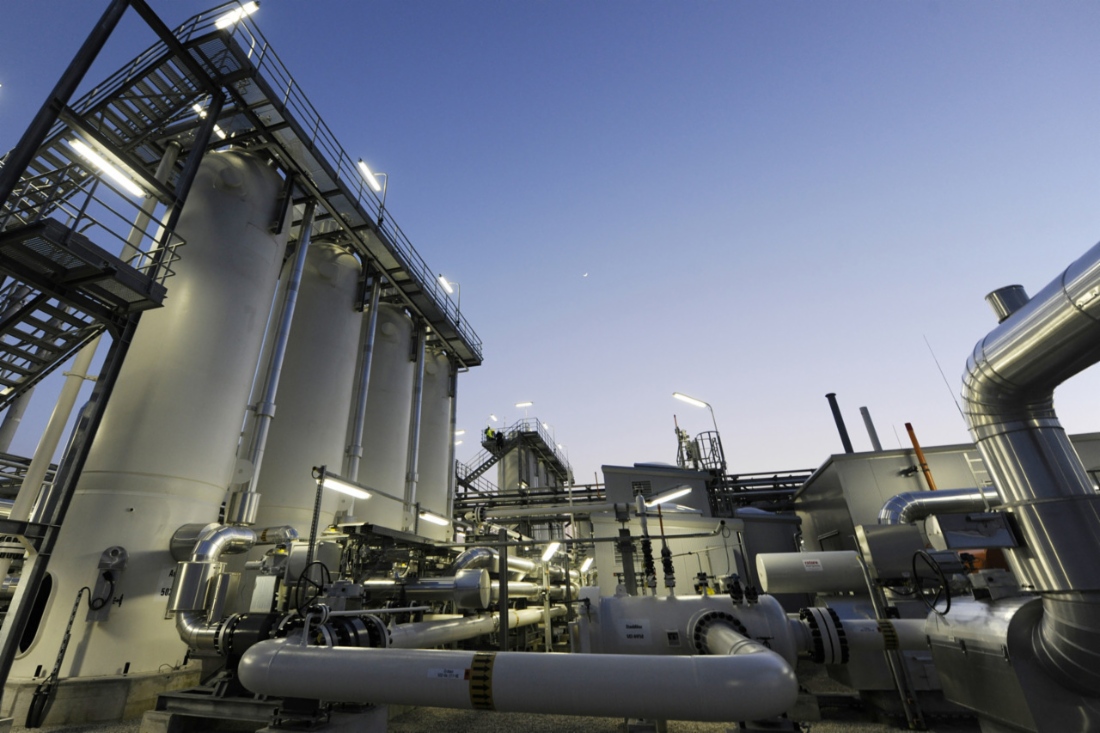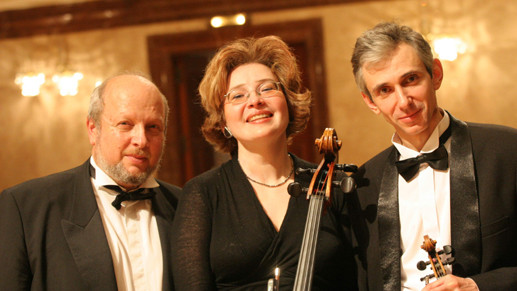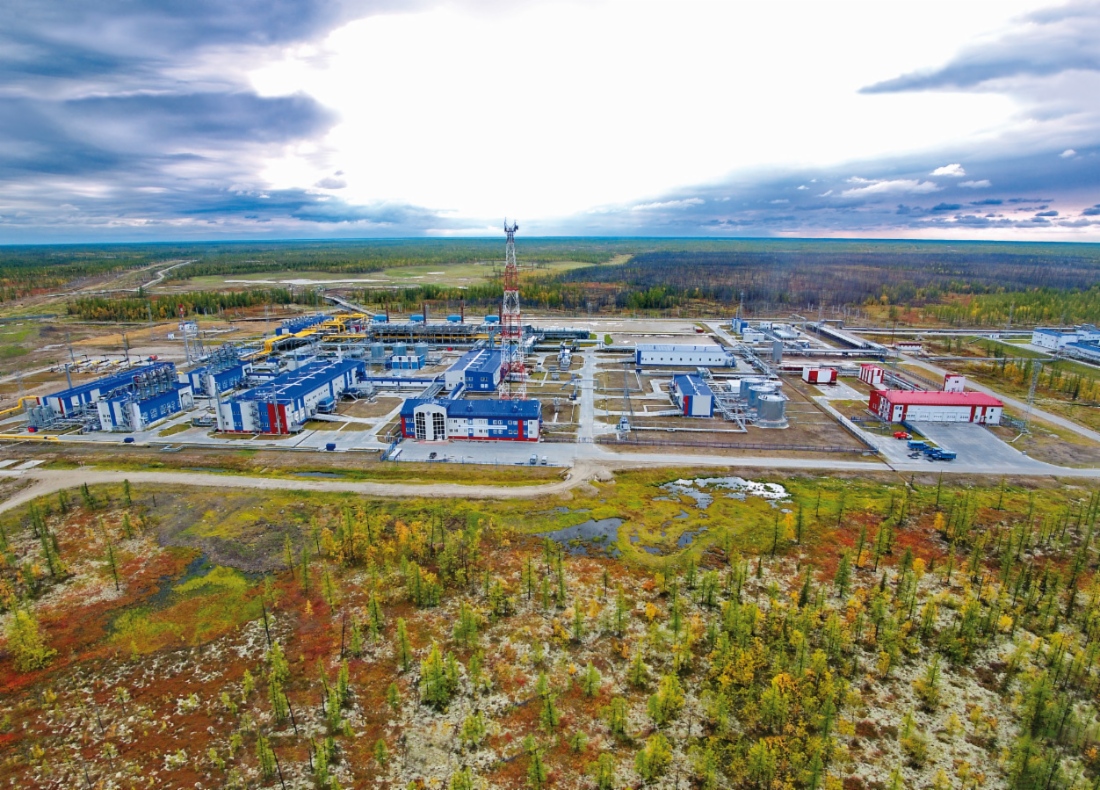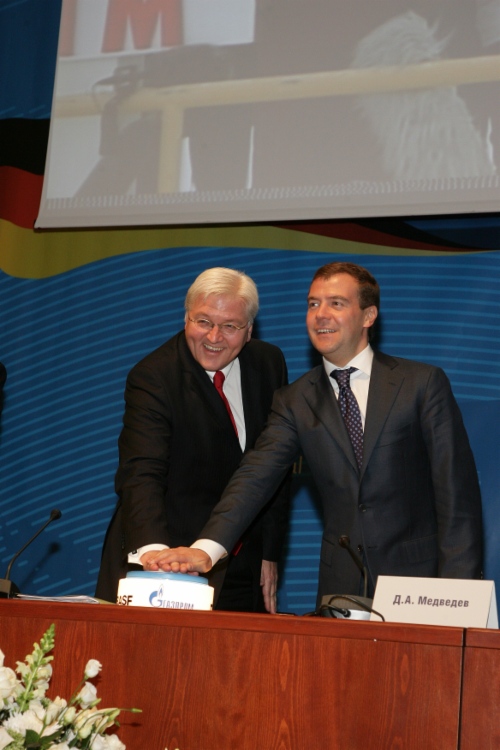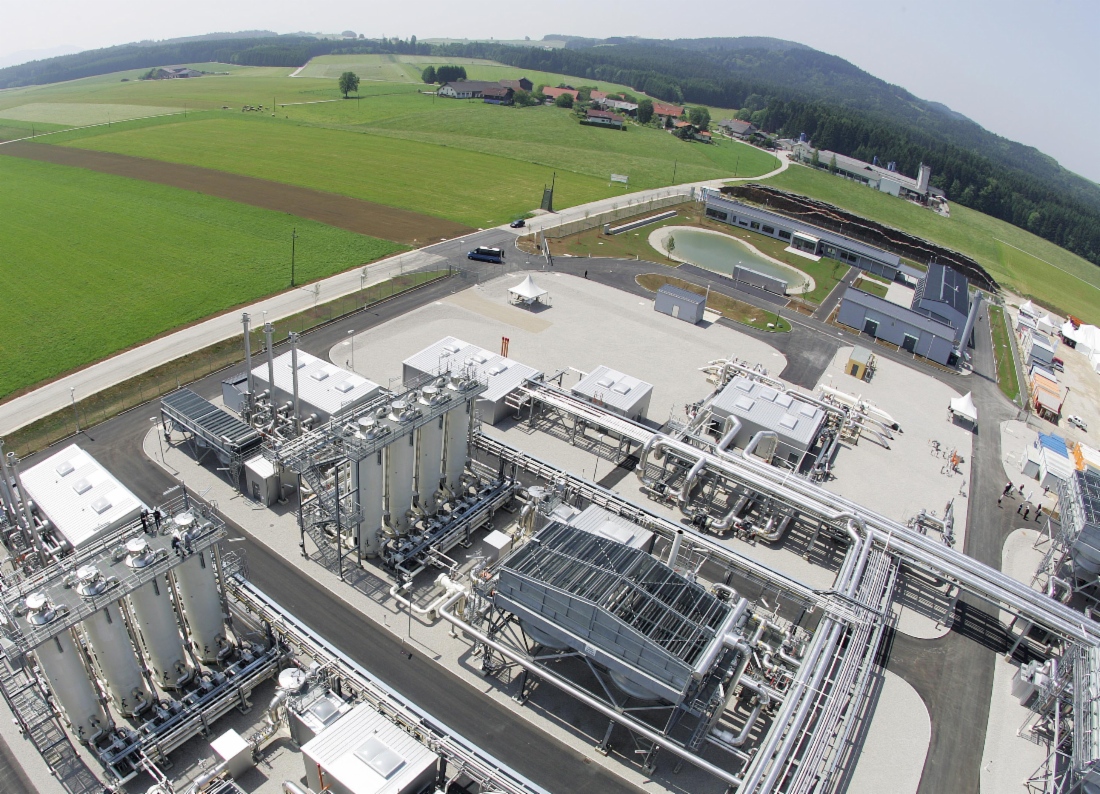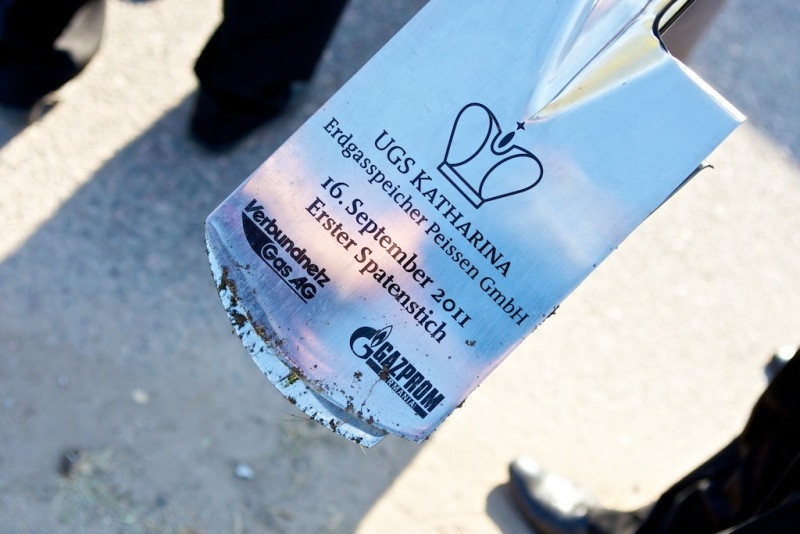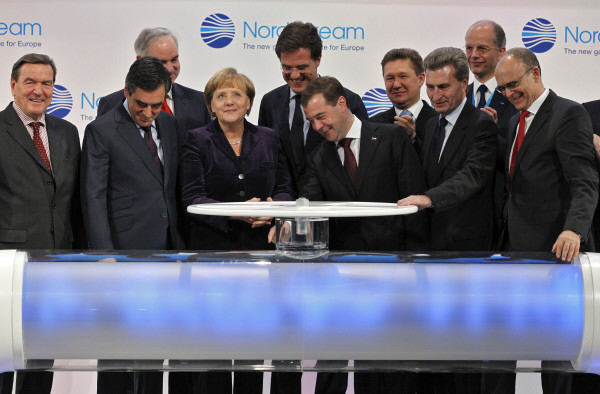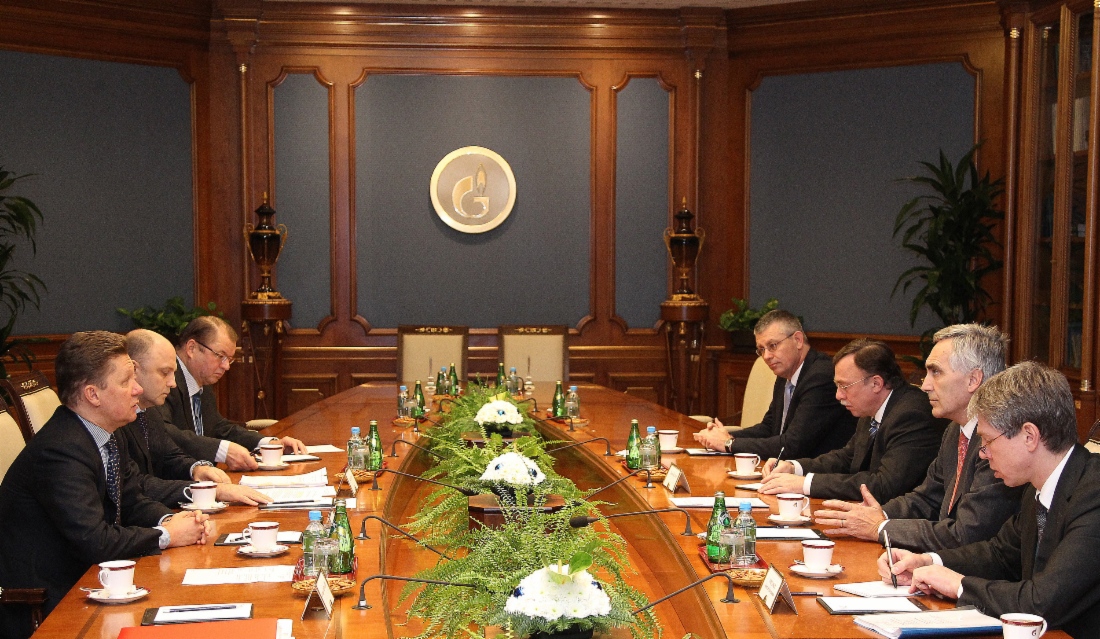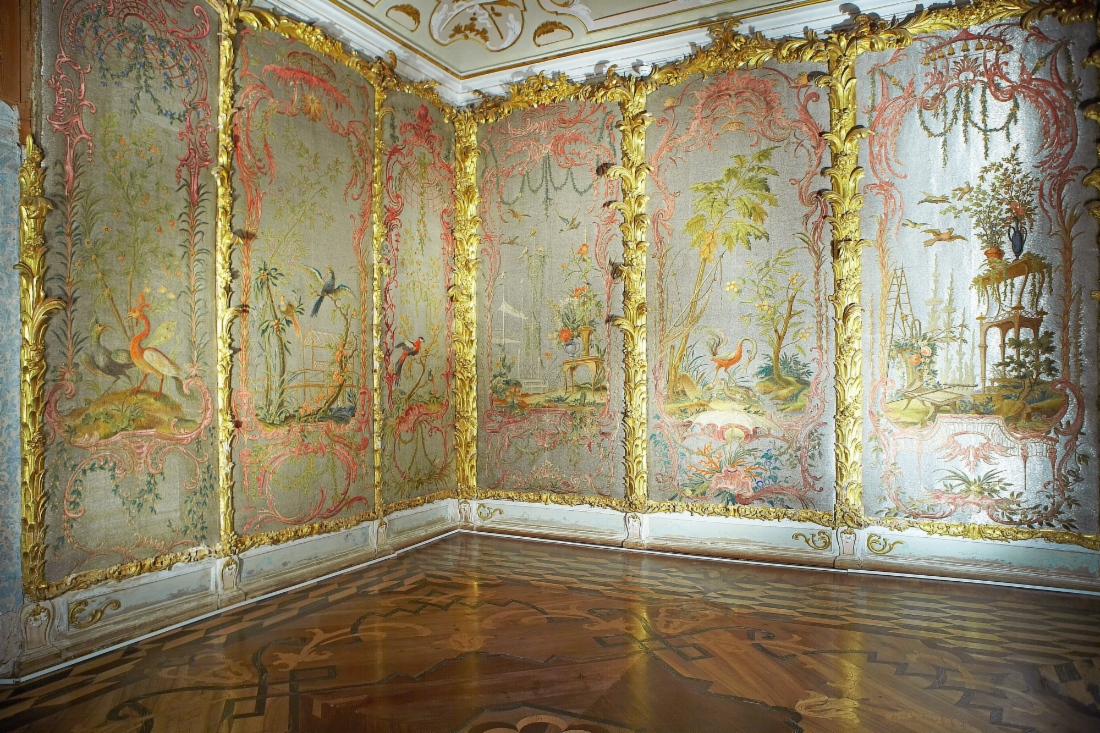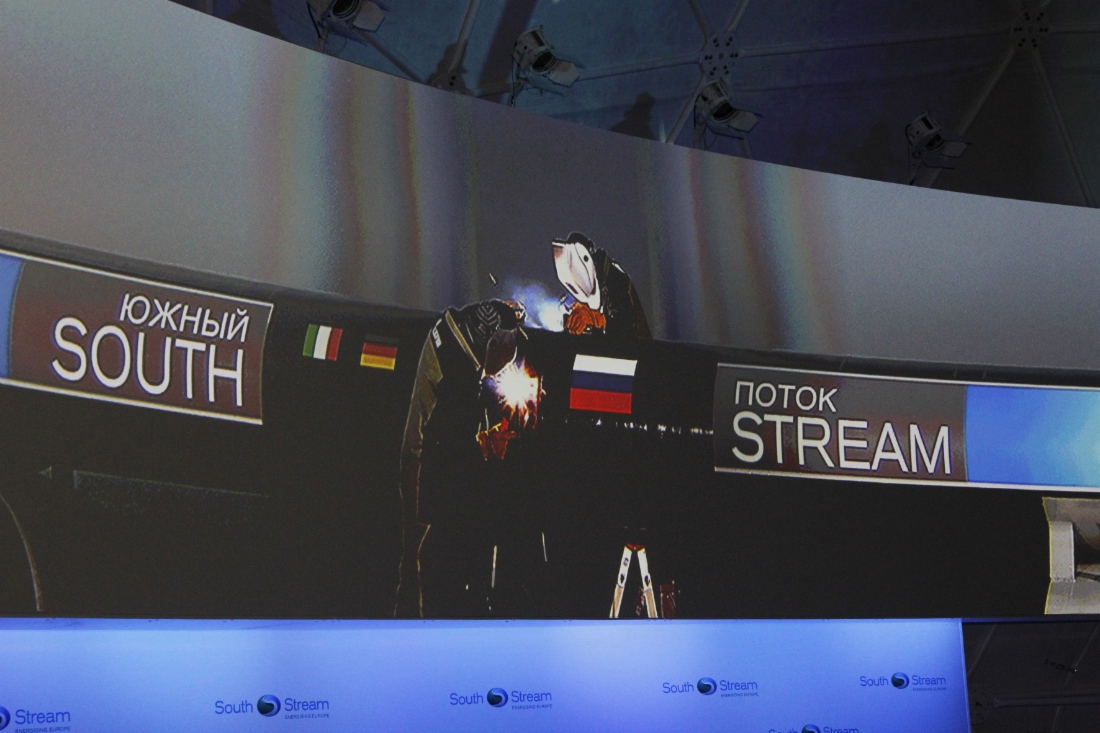40 years in the German market
October 10, 2013
40 years ago Russian gas first arrived in the Federal Republic of Germany, thus laying a solid foundation for the cooperation between the two countries. Despite the passing years and the changing economic and political environment our partnership has steadily evolved.
Nowadays Germany is the largest export market for Gazprom. Over four decades this country has been supplied with over 1 trillion cubic meters of Russian gas. This gas would be enough for a thousand modern natural gas vehicles to cover the distance from the Earth to the Sun and back 55 times.
Step by step, a new reference model for the cooperation in the gas sector has been built. As a result, we cooperate with German companies across the entire gas chain: from gas production in Russia to its marketing to German ultimate consumers.
It is not only natural gas that unites us. We intensely promote the cultural exchange between our countries and deliver sports and social projects. Over these years we have become more to each other than just reliable business partners. We have become good friends and this friendship only grows stronger through the years.
Facts and events
1969
May 22
The USSR Minister of Foreign Affairs Andrey Gromyko proposed a new economic cooperation model to the Federal Republic of Germany (FRG) in order to resolve the situation concerning the ban on large-diameter pipe supplies from West Germany – pipes and equipment in exchange for gas supplies.
1970
February 1
The USSR and the FRG closed a deal of the century – “gas for pipes”. A number of agreements were signed stipulating, inter alia, natural gas supplies in the amount of 3 billion cubic meters per year from the USSR to West Germany as well as deliveries of German large-diameter pipes to the Soviet Union.
1972
Prior to the launch of gas supplies, the USSR and the FRG signed within the deal of the century an agreement contemplating an increase in gas supplies. Similar agreements were signed in 1974 and 1979.
1973
October 1
Natural gas supplies were launched from the USSR to the FRG. Ruhrgas acted as the gas purchaser. Previously, on May 1, natural gas supplies from the USSR to the FRG started as part of the intergovernmental agreement of 1968. Verbundnetz Gas was the first company to receive gas.

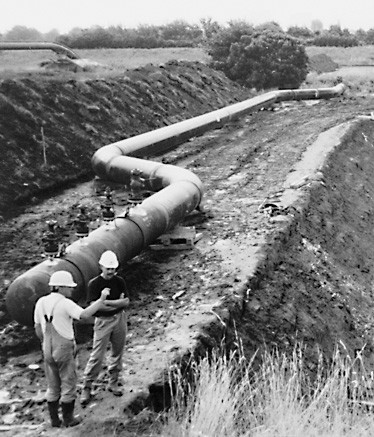
Photo by Verbundnetz Gas
1974
June 21
The Orenburg Agreement was signed. The document envisages the participation of builders and gas workers from the FRG and other CMEA countries in developing the Orenburgskoye field and constructing a gas pipeline from Orenburg to the western border of the USSR subsequently named Soyuz.
1981
November 20
Soyuzgazexport (currently Gazprom Export) and Ruhrgas signed a new (fourth) contract to supply the FRG with additional 8 billion cubic meters of gas per year between 1984 and 2008.
1986
January
The agreement between the USSR and the FRG (one of the 1985–1987 Yamburg agreements with CMEA countries) on cooperation while developing the Yamburgskoye field came into force. Verbundnetz Gas received Russian gas until 1989 in exchange for the construction of facilities, supply of equipment and pipes from the German Democratic Republic, used in particular for the construction of the gas pipeline from Yamburg to the western border of the USSR.
1990
November 9
A joint venture between Gazprom and Wintershall – WIEH – was set up in Germany to trade, convey, store and sell natural gas in various European countries.
1993
August
Gazprom and Wintershall completed the construction of a 313-kilometer-long STEGAL gas pipeline in Germany.
October
Gazprom and Wintershall completed the construction of a 702-kilometer-long MIDAL gas pipeline in Germany. The MIDAL-STEGAL system enabled Gazprom a direct access to the German gas market.
October Gazprom gained access to ultimate consumers in Germany. A joint venture between Gazprom and Wintershall – WINGAS – was set up to sell gas to German consumers as well as to supply it to Belgium, France, the UK, the Netherlands, Austria, the Czech Republic and Denmark.
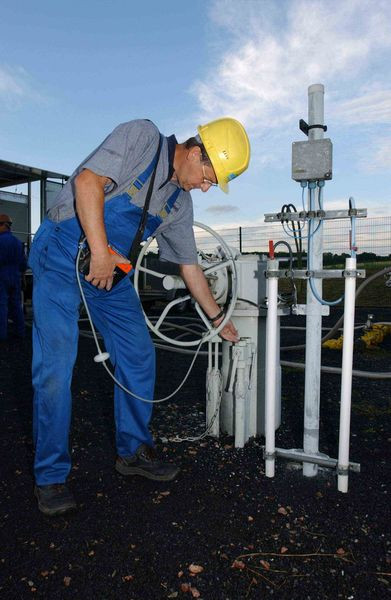
Photo by WINGAS
Gazprom entered into a number of long-term contracts with WINGAS and WIEH to supply gas to European consumers.
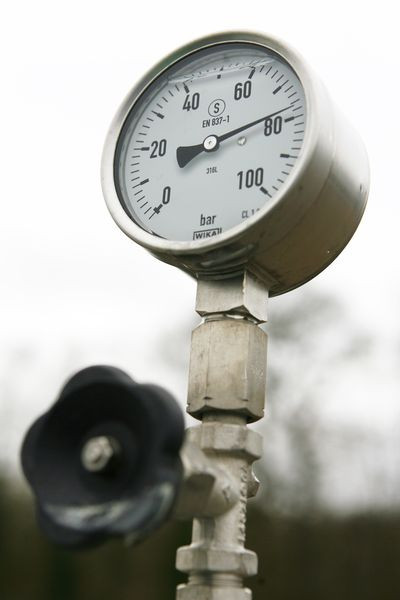
Photo by WINGAS
Gazprom started proactive cooperation with Siemens in the area of telecommunications and process automation.

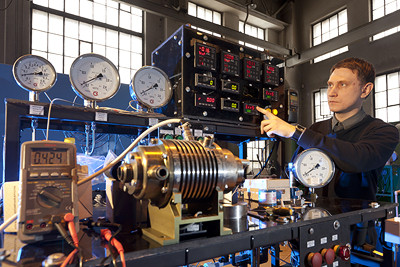
Photo by Siemens
1997
June
Moscow hosted the Catherine the Great art exhibition arranged by Gazprom jointly with Wintershall.
1998
October 15
Gazprom and Wintershall put onstream a 236-kilometer-long WEDAL gas pipeline in Germany. The gas pipeline linked the gas transmission system of WINGAS to the gas pipeline system in Belgium and to the Interconnector gas pipeline in the UK.
The environmental project of Gazprom and Ruhrgas aimed at mitigating carbon dioxide emissions at Russian gas transmission companies won the award of the Federation of German Industries (BDI).
December
Gazprom and Ruhrgas signed an agreement to extend most of the contracts till 2020. The document also touched upon the German company’s stake in Gazprom.
1999
February
Moscow and Kassel hosted the Russian Paintings of the Biedermeier Period exhibition arranged by Gazprom and Wintershall.
August 24
WINGAS brought the Rehden underground gas storage (UGS) facility to its nominal capacity. It is the largest UGS facility in Western Europe with a working gas capacity of 4.2 billion cubic meters.
August
Russia and Germany hosted the Khampelman & Matrioshka – Wooden Toys from Germany and Russia exhibition arranged by Gazprom and Wintershall.
November
Gazprom and Wintershall completed the construction of a 338-kilometer-long JAGAL gas pipeline in Germany. JAGAL connected the Yamal – Europe and STEGAL gas pipelines.
2000
April
Kassel and Moscow hosted the Birth of Time exhibition arranged by Gazprom and Wintershall.
Kassel hosted the Masterpieces of Russian and German Art Photography at the Turn of the 19–20th Centuries exhibition arranged by Gazprom and Wintershall.
2001
Gazprom and E.ON Gastransport signed a long-term agreement regarding natural gas transmission via Germany to the Netherlands and Belgium as well as a number of short-term contracts.
February – June
Hamburg hosted the With all of the Power. Russian Avant-Garde. The Years 1910–1934 art exhibition arranged by Gazprom and Wintershall.
September 6
Ruhrgas acted as the exclusive sponsor of the Amber Room restoration in Tsarskoye Selo. The work was completed in May 2003 on the threshold of the 300th anniversary of Saint Petersburg.
2002
September 26
The State Historical Museum of Moscow hosted the Court Hunting exhibition arranged by Gazprom and Wintershall.
2003
January 21
Berlin hosted the exhibition of works created by Russian children – winners of the Warm House festival. The display was arranged within the 10th anniversary of Gazprom under the assistance of Verbundnetz Gas.
February
Berlin hosted the Russian-German Cultural Meetings under the auspices of Gazprom and Ruhrgas.
July 17
Achimgaz – a joint venture between Gazprom and Wintershall – was set up to develop the first pilot block of the difficult-to-access Achimov formations in the Urengoyskoye field.
Gazprom and WINGAS signed a long-term agreement regarding natural gas sales to the UK till 2028.
2004
October
Leipzig hosted a presentation of The Masterpieces of Russian Art. Golden Map of Russia album with the assistance of Gazprom, Verbundnetz Gas, the State Tretyakov Gallery and the Leipzig Museum of Fine Arts. A part of the album’s edition in the German language was subsequently donated to Saxony’s museums, educational institutions and libraries.
2005
May 18
Gazprom, RAG and WINGAS signed a contract to construct the Haidach UGS facility (working gas capacity – 2.8 billion cubic meters) in Austria. It is the second-largest UGS facility in Central Europe.
May
Gazprom and Verbundnetz Gas acted as the official sponsors of the Rachmaninov Trio – a participant in the Berlin classical music concert dedicated to the 60th anniversary of Germany’s liberation from the Nazism and the end of the World War II.
September 8
Gazprom, BASF (Wintershall) and E.ON signed an agreement to construct the Nord Stream gas pipeline – a fundamentally new route of gas supplies from Russia to Europe via the Baltic Sea.

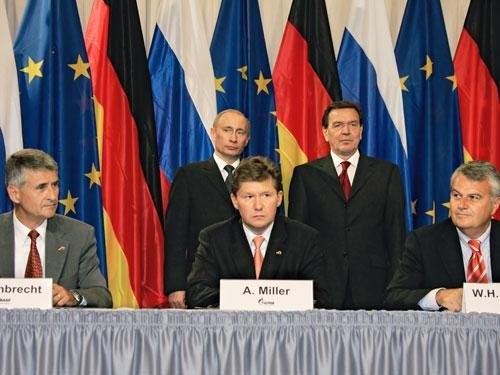
2006
April 3
Gazprom and E.ON Ruhrgas signed an agreement concerning sci-tech cooperation, personnel training and career development.
April 27
Gazprom and BASF / Wintershall signed an agreement to swap assets in gas production and trading. Pursuant to the document, in October 2007 Gazprom, inter alia, increased its stake in WINGAS joint venture from 35 per cent to almost 50 per cent. BASF / Wintershall obtained 25 per cent less one share in Severneftegazprom engaged in the development of the Yuzhno-Russkoye field. It is the first project implemented jointly with a foreign partner for building the value chain from production to the ultimate consumer.
August 29
The validity period of the four major contracts for gas supply between Gazprom and E.ON Ruhrgas was extended till 2035.
October 10
Gazprom assumed the title sponsorship of the Schalke 04 German Football Club. Since then the team twice became Vice Champion of Germany and won the German Cup. Besides, Schalke 04 and FC Zenit sponsored by Gazprom entered into a partner agreement of cooperation.
2007
December 18
The Yuzhno-Russkoye field was brought into production.
2008
July 15
The first block of the difficult-to-access Achimov formations was brought into pilot commercial operation in the Urengoyskoye field. Based on the example of Achimgaz a new “benchmark” concept of cooperation between Gazprom and international partners in upstream projects on the Russian territory was implemented: the joint venture receives profit from the project execution, while the field license is owned by the Russian company.
October 2
Gazprom and E.ON signed an asset swap agreement. In line with the agreement, in 2009 E.ON joined Gazprom’s project aimed at developing the Yuzhno-Russkoye oil and gas field. Gazprom obtained full control in Gerosgaz which owned 2.93 per cent of Gazprom’s shares.
2009
May 19
Gazprom and Verbundnetz Gas established a consortium for constructing the Katharina UGS facility in Germany.
2010
April 9
The Nord Stream gas pipeline construction started. Wintershall and E.ON Ruhrgas each hold a 15.5 per cent stake in Nord Stream AG.
2011
May 19
The Haidach UGS facility construction was completed.
September 16
A Shareholders Agreement of South Stream Transport was signed for constructing the offshore section of the South Stream gas pipeline – a new route for Russian gas export to Europe – running under the Black Sea. Wintershall, holding a 15 per cent stake in the project, became a key shareholder.
The Katharina UGS facility construction started in Germany.
November 8
Commercial gas deliveries started through the first string of the Nord Stream gas pipeline.
December 19
Gazprom and Siemens signed an agreement on strategic partnership stipulating further development and strengthening of the cooperation between the companies in the Russian and international markets.
Gazprom and Wintershall completed the restoration of the Chinese Palace on the occasion of the 300th anniversary of the Oranienbaum Palace Estate in Peterhof.
2012
October 8
The second string of the Nord Stream gas pipeline was commissioned. It boosted the annual capacity of the gas pipeline to 55 billion cubic meters. The Nord Stream AG shareholders resolved that the construction of the third and the fourth strings was economically and technically feasible.
November 14
Gazprom and Wintershall signed a legally binding heads of agreement to swap assets at blocks 4A and 5A of the Achimov deposits in the Urengoyskoye field in exchange for Gazprom’s participation in a number of production and marketing assets of the German partner.
December 7
The South Stream gas pipeline construction started.
September
An international rally of gas-powered vehicles organized by Gazprom and E.ON Ruhrgas – Blue Corridor 2012 – took place. The rally passed through the following cities: Moscow, Minsk, Warsaw, Prague, Paris, Brussels, Essen and Berlin.
2013
January 9
Gazprom and Verbundnetz Gas signed an agreement for sci-tech cooperation till 2030.
April 8
Gazprom became an exclusive supplier of natural gas to Volkswagen Motorsport team participating in a unique gas-powered car racing series.
The cooperation of Gazprom and German companies is strategically significant and relies on a wide range of long-term contracts effective through 2035.
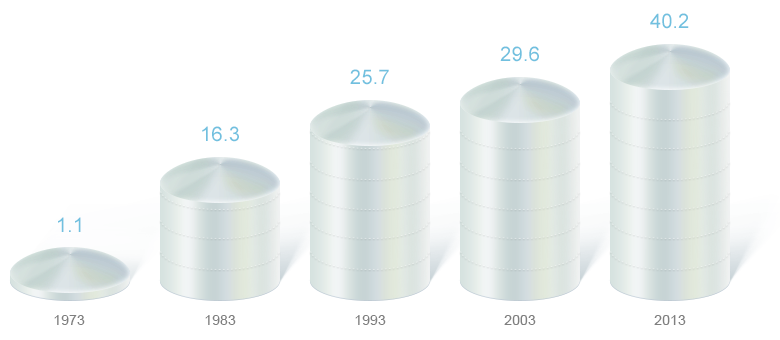
Russian gas supplies to Germany, billion cubic meters


